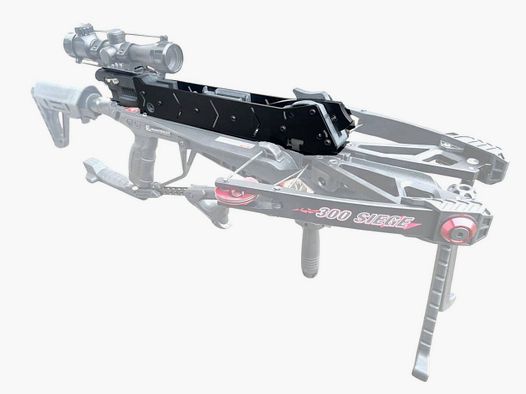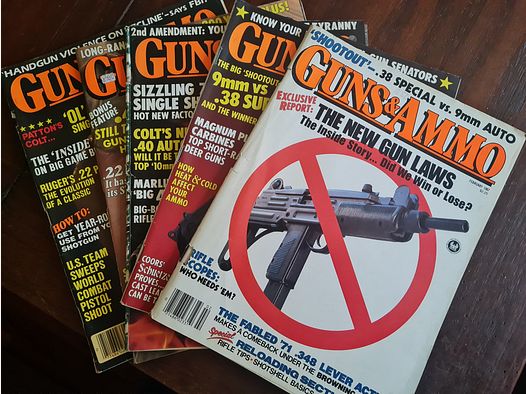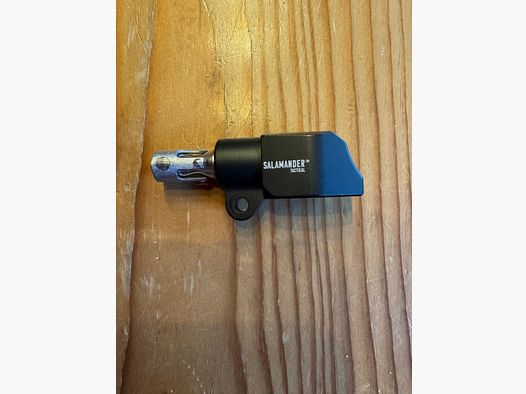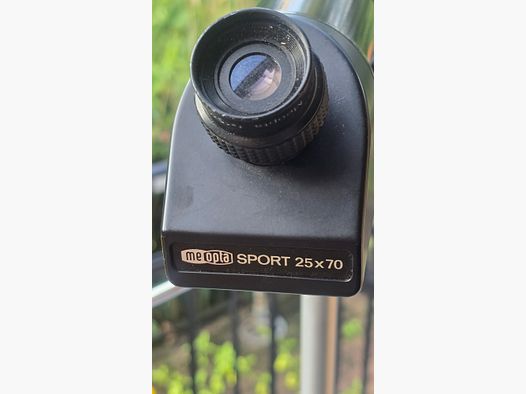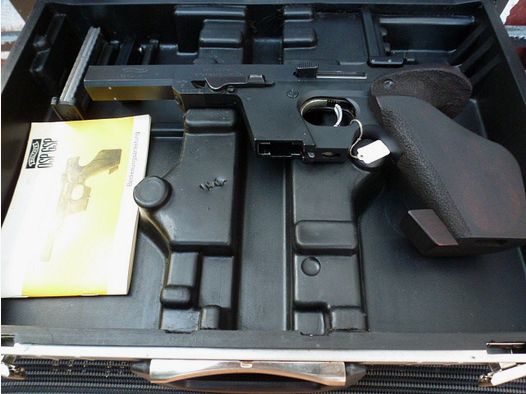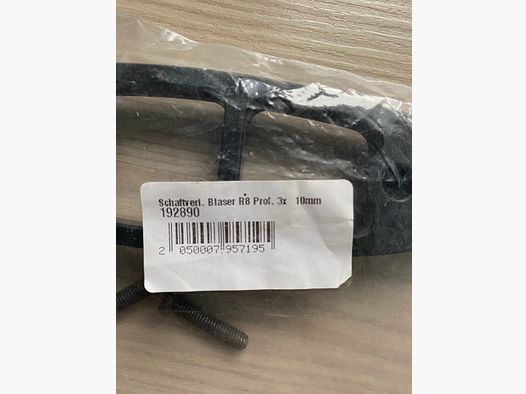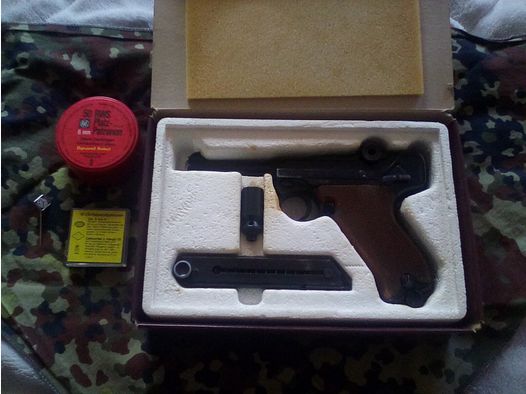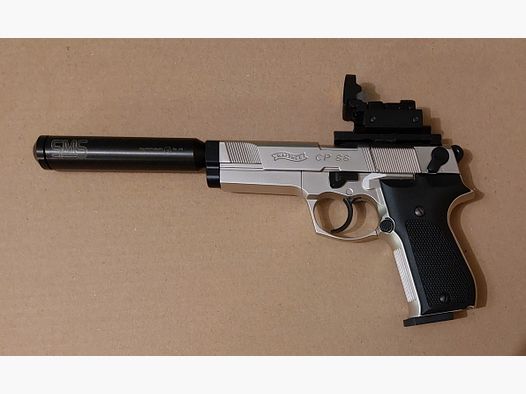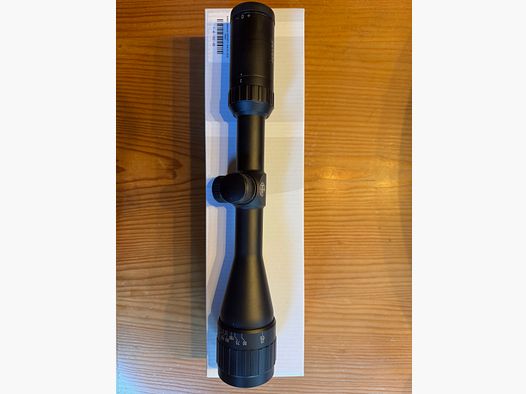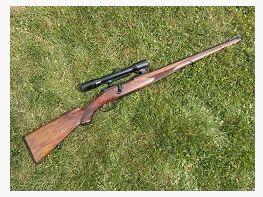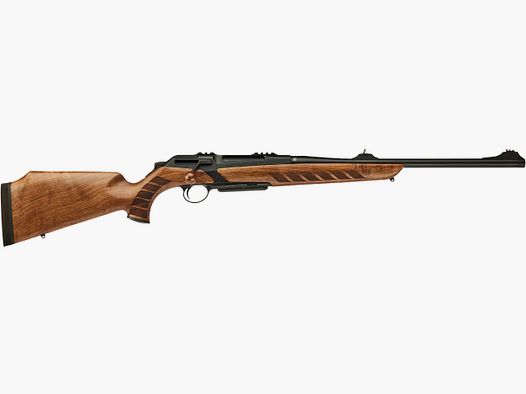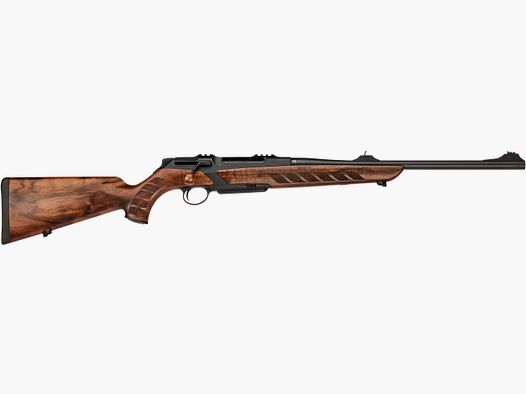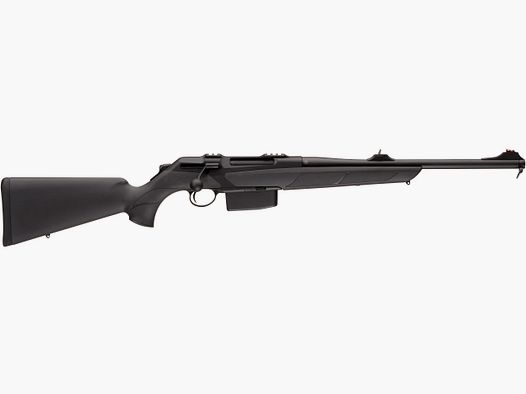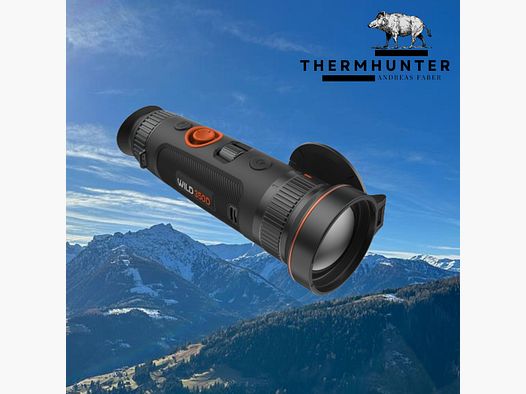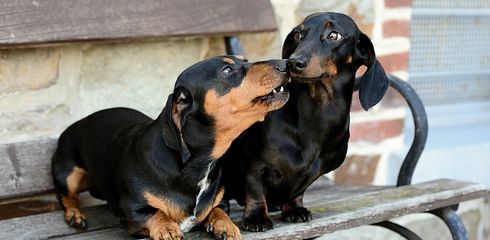What is a German Wirehaired Pointer?
The "German Wirehaired Pointer" is a rather old hunting dog breed from Germany. It has been bred since the 19th century, and its standards trace back to Sigismund Freiherr von Zedlitz und Neukirch.
The German Wirehaired Pointer was initially bred from a combination of German Shorthaired Pointer, Pudelpointer, German Stichelhaar, and the French Griffon à Poil Dur.
Profile of the German Shorthaired Pointer:
| Size: | Males: 61-68 cm, Females: 57-64 cm |
| Weight: | 27-32kg |
| Colors: | Liver, Liver-White, Black-White, Red Roan-Brown, Brown, Brown Roan, Black Roan |
| Coat Structure: | hard, close-lying, dense |
| Life Expectancy: | up to 15 years |
| Suitable as: | Hunting, Utility, Working Dog |
| Character: | Willful, Intelligent, Affectionate, Active, Loyal, Friendly |
| Need for Exercise: | high |
| Water Affinity: | medium-high |
| Child-Friendly: | medium |
| Social Compatibility: | medium |
| Family Dog: | depends on breeding |
| FCI Group: | 7: Pointing Dogs |
What is the temperament & character of the German Wirehaired Pointer?
The German Wirehaired Pointer is considered an extremely willing and active dog, whose traits can make him a capable hunting assistant with the right handling and training by his handler. He is regarded as:
- teachable
- reliable
- loyal
- obedient
- eager to work
- brave
- robust
- assertive
- agile
- self-confident
Representatives of the breed are considered to be good with people. Towards other dogs, he is seen as reserved and watchful, but not aggressive. Due to his hunting sharpness, he usually recognizes cats, game, and other animals as prey.
What does a German Wirehaired Pointer look like?
The German Wirehaired Pointer is known for an external appearance that emphasizes its strength and robustness. Sometimes, German Wirehaired Pointers can appear somewhat wild due to their coat. The coat structure varies greatly depending on the breeding line. There are breeding lines whose representatives look very similar to the German Shorthaired Pointer and are usually distinguished from it only by a beard. On the other hand, there are breeding lines whose representatives are strongly influenced by the Griffon.
The German Wirehaired Pointer has a very straight back line, a low and broad chest, and muscular shoulders.
The head, with a distinctly broad and long muzzle, transitions into a muscular neck. Furthermore,
he has a friendly and alert-looking expression, which is emphasized by his floppy ears.
The nose is colored black or brown, depending on the coat color.
As the name suggests, the German Wirehaired Pointer has a wiry coat that should be very dense when healthy. It feels hard and protects the dog from moisture and cold. Permissible coat colors are:
- Brown
- Brown with speckled markings on legs and chest
- Brown Roan with a brown head
- Brown Roan with brown spots or patches
- Light Brown Roan
- Red Roan
- Black with white markings or spots
- Black
How to keep a German Wirehaired Pointer?
Due to his high agility and need for exercise, the Wirehaired Pointer should have sufficient space to move and enough opportunities for exercise in his home.
Although the Wirehaired Pointer forms a strong bond with his handlers and human family, since he was also bred as a working dog in the former GDR, kennel housing is possible for representatives of some breeding lines.
This dog also has a pronounced sense of guarding and is willing to defend his home and human family when necessary.
Since the Wirehaired Pointer likes to move freely in his home - also to secure it - keeping him in a city apartment is not recommended. However, he feels quite comfortable on a fenced property where he can move freely.
How to train a German Wirehaired Pointer?
The German Wirehaired Pointer is definitely not a so-called beginner dog, meaning a dog that an inexperienced beginner should acquire.
This is mainly due to his self-confidence and assertiveness.
The training and education of a German Wirehaired Pointer require utmost consistency and patience. The handler must be able to influence the dog early on in a friendly but firm manner and demand the necessary obedience from him.
What diet is suitable for a German Wirehaired Pointer?
Like all hunting dogs of his size, the diet of the German Wirehaired Pointer should be designed to provide him with the proteins and vitamins his body needs to meet the hunting and physically demanding leisure challenges. He should also be fed as naturally as possible, meaning meat-based and balanced, to maintain his athletic physique.
A good method to provide the dog with large portions of meat is raw feeding (BARF). This food consists of raw meat from cattle, sheep, horses, and other slaughter animals, excluding pigs. Raw pork poses health risks for dogs, e.g., due to the Aujeszky's disease.
Regarding a varied and balanced diet, it is also advisable to offer the dog cooked vegetables together with fresh meat, etc., from time to time.
Grains like wheat, corn, etc., are simply not needed by hunting dogs, and when feeding dry food, it should always be ensured that such grains are processed in minimal amounts.
Some cooked rice is fine from time to time, and rice porridge can work wonders in cases of gastrointestinal diseases.
In general, an adult German Wirehaired Pointer should receive 2-3 meals per day, preferably at regular times, to establish a routine for a structured daily schedule.
Puppies require three to four meals per day. Small treats or pieces of sausage are suitable as rewards during training. Rewards and snacks in between should be considered in the total food amount. It is also important to ensure a constant availability of water for the dog. Practical water bottles with integrated bowls are available for on-the-go.
How to structure activity and training for the German Wirehaired Pointer?
As mentioned several times, the German Wirehaired Pointer has a naturally high need for exercise and wants to be regularly challenged both physically and mentally. He prefers to run freely and explore his surroundings with his keen nose. It is important to ensure that the dog obeys accordingly and can be called back at any time to protect him or others from danger. After all, many a neighbor's cat has surely had to escape up a tree from a German Wirehaired Pointer, and the hunting instinct can sometimes get the better of young dogs.
Very good ways to meet the German Wirehaired Pointer's needs are jogging, cycling, retrieving exercises on land and in water. Long walks of at least two hours per day and occasional challenges for his keen sense of smell also bring great joy to the DD.
A very good and also suitable activity for socialization is playing and frolicking with other dogs.
What disadvantages does a German Wirehaired Pointer have?
For hunters, the German Wirehaired Pointer has the disadvantage of being quite useless in burrow hunting. Otherwise, they are considered hunting all-rounders and can effectively support the hunter in almost any type of hunting.
For non-hunters, the potential disadvantage is that German Wirehaired Pointers have a pronounced hunting instinct and the corresponding need for exercise. However, this should not be a detriment to the breed; rather, humans should question why they want to keep such a utility/working dog if they cannot truly make use of him.
Does the German Wirehaired Pointer fit me?
The question of whether a dog breed fits someone cannot be definitively and generally answered for the German Wirehaired Pointer. However, it is clear: The German Wirehaired Pointer is primarily a dog designed for hunters due to its pronounced hunting instinct and breeding for hunting purposes and should not be kept as a mere family companion or, even less so, as a lap dog. This role simply does not meet his needs.
If you are considering acquiring a German Wirehaired Pointer, you should seriously familiarize yourself with the breed profile beforehand and carefully consider whether you can meet the dog's needs and training requirements and whether you have sufficient time and patience for this. The living conditions of the coming years should also be taken into account.
The most important question to answer is: Does a German Wirehaired Pointer fit my living circumstances?



